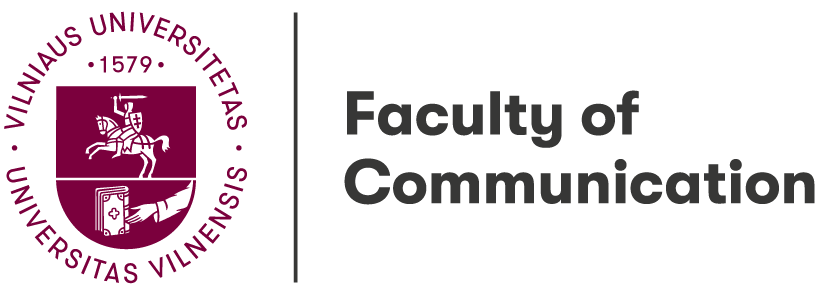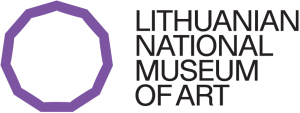
The Last Quarter Of 2021: Challenges And Future Perspectives For Digital Museology
Few could have predicted the many challenges cultural institutions, and especially museums, have faced since the start of the Covid-19 pandemic. On the one hand, an experienced “shock therapy” of the first wave of lockdowns on the global and national scale has forced museums to react rapidly and to apply extraordinary measures in their activities: to re-think it’s communication and digital advertising strategies; to diversify and adapt its digital content and collections in order to engage audience attention and improve its reachability due social platforms and other virtual networks. On the other hand, after the pandemic condition became more constant reality which would not be faded soon, museums could have an opportunity to focus on their internal institutional issues: from renovation and expansion of its physical premises to become reorganized and upgraded memory institutions in the new digital era.
Last quarter of the 2021 marks a plenty of events and initiatives dedicated to latter aspects of museums’ activities and challenges they are facing: how to re-shape the old patterns of museum’s services, how to make improvements on legal base and synchronize changes of the latter within national and European level; finally, what the best examples of overcoming the above-mentioned issues worth to share with community of museologists?
At least few initiatives that took place in last months of 2021, and will be continued in 2022, should be mentioned. First of all, a three-day international “Digital Marketing Summit” organized by Museum Next, which gathered top museum market experts in worldwide to share their recent improvements in changing the tactics of digital marketing of the last year (MuseumNext). Secondly, the International Council of Museums (ICOM), among various conferences and sponsored programs, which were widely focused on relations between museology and technological achievements, has published a magnificent piece of 500 plus pages from “Museum Studies” series “Bridging Theory and Practice”.
Partly as a reaction to the global tendencies, and partly as an inevitable challenge of the past years of virtual, augmented and mixed reality in museology that threatened to leave museums behind mainstream digital activities, the Lithuanian Museums’ Centre for Information, Digitisation and LIMIS (LM CID LIMIS), took some measures on national level.
The first initiative that encompassed lectures and practical seminars that took place in Autumn, 2021, was dedicated to legal aspects of cultural heritage ant its distribution in virtual space (digital museums, social networks, advertising etc.). The main concern of the curriculum named “The Assignment and Labeling the Copyright Signs to the Digitized and Digital Cultural Heritage Objects” was to explain the need of labeling cultural objects before publishing them for wider audience worldwide. It is very urgent demand on global scale to understand the legal nuances of copyright and licensing. It is often appears the problem for museologists to pick the right copyright sign to mark a digital or digitized ciltural object. From now on an employee of memory institution should be familiar with legal restrictions and regulations regarding various forms of existing copyright licensing laws. As various European institutions show an initiative to create a unified legal system of copyright licensing (which will certainly differentiate from that existing in USA or China), the clearer understanding on specific legal aspects of cultural heritage licensing, especially in regard to such global projects as Europeana is essential.
Moreover, the lack of such a legal knowledge in memory institutions, e. g. in misusing of Creative Commons licenses, often leads to unnecessary legal debates or financial losses. It is vital to coordinate actions between public cultural and legal sectors and to follow the trends of upcoming initiatives on European and national levels.
Another block of lectures and teachings for museologists from the whole country, which took place virtually in late November, was devoted to a new mainstream digital activity – 3D modelling. As various surveys and researches has shown, the lack of skills and equipment within cultural institutions are named as a major problem that often prevents public memory institutions from fallowing the trends in highly competitive cultural market. Hence, the main tasks of those sessions called “The Basics of 3D Cultural Objects Digitalization” were as follows: to explain for wider audience who works at museums, the basics of 3D graphics; how 3D object could be created and how 3D modelling of cultural objects works? Last, but not least, the very important practical tasks were to use a photogrammetry method in 3D modelling and also create 3D modelling using scanners and other devices in absence of often highly expensive equipment.
In sum, following global and national trends and challenges in museology it is obvious that upcoming year will be not easier, but surely full of excitement.




